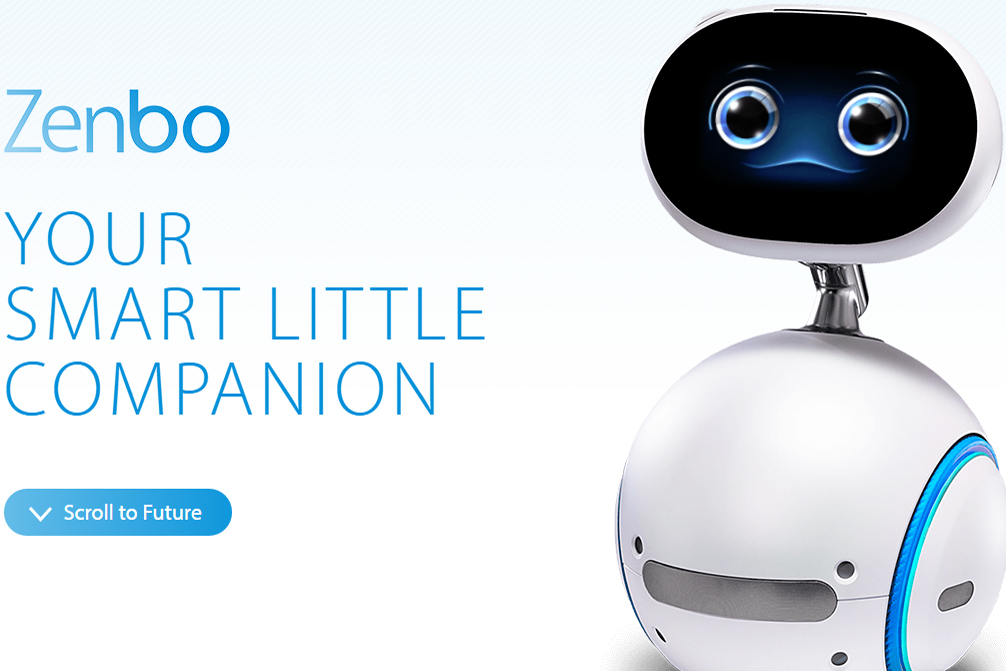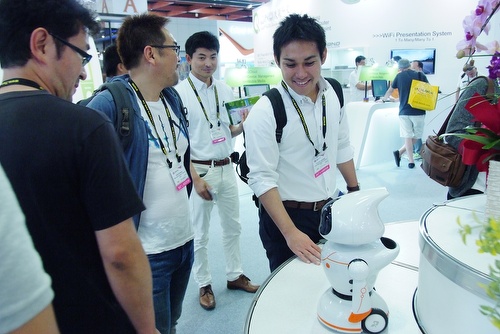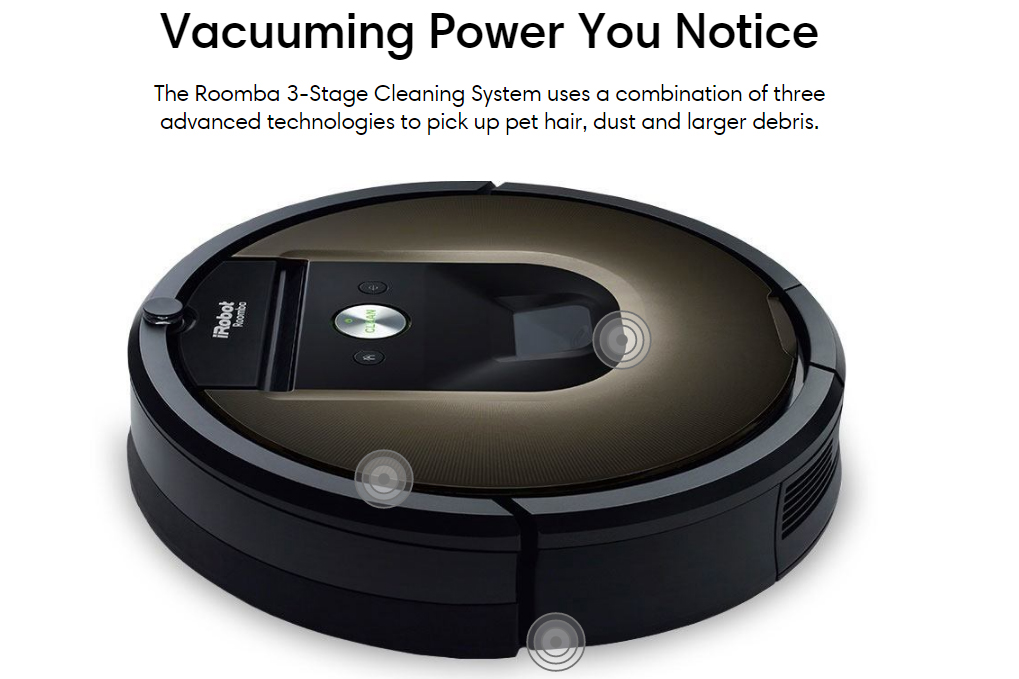From iRobot to Zenbo: How Home Robotics are Changing Households
Looks like the smart homes of the future will no longer be maintained by humans but by robots.
After the announcement of Softbank’s Pepper and Jibo in the tech market, another robot just made its debut. In the recently concluded Computex 2016 event in Taipei, Taiwan’s own Asus Technology launched their new home robot, Zenbo.
‘Smart little companion’
Priced at $599 (which costs way less than an iPad or iPhone even), Zenbo can move, talk, and provide home and personal assistance to users. Johnny Shih, chairman of ASUS describes Zenbo as a ‘smart little companion’. ZDNet got a scoop of the latest robot and likens it to a “voice-controlled tablet computer on wheels, albeit with a select number of custom applications.”
Activated by the voice prompt of “Hey Zenbo…” in an 11-minute feature video, Zenbo showcased a couple of its talents like:
- Taking photos and videos
- Searching and reading aloud recipes
- Calling up and reading messages of people
- Turning on/off or adjusting smart home devices
- Read aloud stories to kids
- Reminds to do lists and
- Notifies contacts in danger
Tech gurus have compared Zenbo to its counterparts Jibo and Pepper. Apparently, all three robots are capable of conveying emotions and are equipped with Artificial Intelligence so it can “learn” patterns and routines being done by the user. It also syncs with other smart home devices so it can adjust lighting, room temperature, and even turn the TV on or off. It’s biggest asset perhaps is its mobility when compared to Pepper’s limited movement and Jibo being a stationary tabletop robot.
Emergence of home care robotics
But the appearance of home robots in tech shows is just the beginning. Many experts perceive home care robotics as a rising industry in the realm of the Internet of Things and smart homes. In a recent report released by Allied Business Intelligence Inc. or ABI Research, it “forecasts an explosion in the home care robotics market, which will more than quadruple, reaching $5.9B by 2025.”
Smart home robots will be interacting with different smart devices, basically controlling everything in your house from lights to locks via Wi-Fi. The report further adds, “Wi-Fi is rapidly becoming standard technology in home care robots, beginning with floor cleaners. Today, wireless connectivity merely allows robot systems to be controlled and monitored remotely, but looking forward, their connectivity, mobility, sensors, and functionality, such as machine vision, will expand their capabilities as part of the smart home.”
iRobot Corporation (IRBT), an American tech business based in Massachusetts, exemplifies this booming trend. The company, which started out in 1990, used to make robots for the US Defense Department. It developed unmanned ground vehicles for military operations. But just this year, iRobot divested its Defense and Security division in order to focus on consumer robotics where there are “significant growth opportunities,” according to Colin Angle, the company’s CEO.
iRobot now carries a line up of home cleaning robots, namely:
- Roomba – the floor vacuum robot
- Braava – the mopping robot
- Mirra – the pool cleaning robot
- Looj – the gutter cleaning robot
Roomba 980, which the most popular of the four, has made its way to many smart homes. It cleans floors independently without human assistance and can even charge on its own.
The company’s positioning in the home consumer sector has actually resulted to favorable first quarter revenues. iRobot posted its Q1 profits at around 130 million dollars. More than 90 percent of it came from domestic sales of their home robots. It is also enjoying some pretty good sales with its Braava mopping robot.
But the rise of home robotics with the likes of Jibos, Zenbos, and iRobots, are just the beginning. “The overall consumer robotics industry is on the verge of a major transformation that leverages the evolution of the smartphone market, cloud-based services, and the smart home,” said Philip Solis, Research Director of ABI Research. “The industry is in the midst of a long-anticipated leap from standalone robots to robots that are part of an expanded and more integrated smart home ecosystem.”
As for consumers, it seems that robots are now becoming a new member of the family. With its capabilities to support users in different ways, people are now becoming receptive to a future with them. Whether to care for the elderly, sweep the floors or to entertain children, home robotics proves to be beneficial to smart households.


